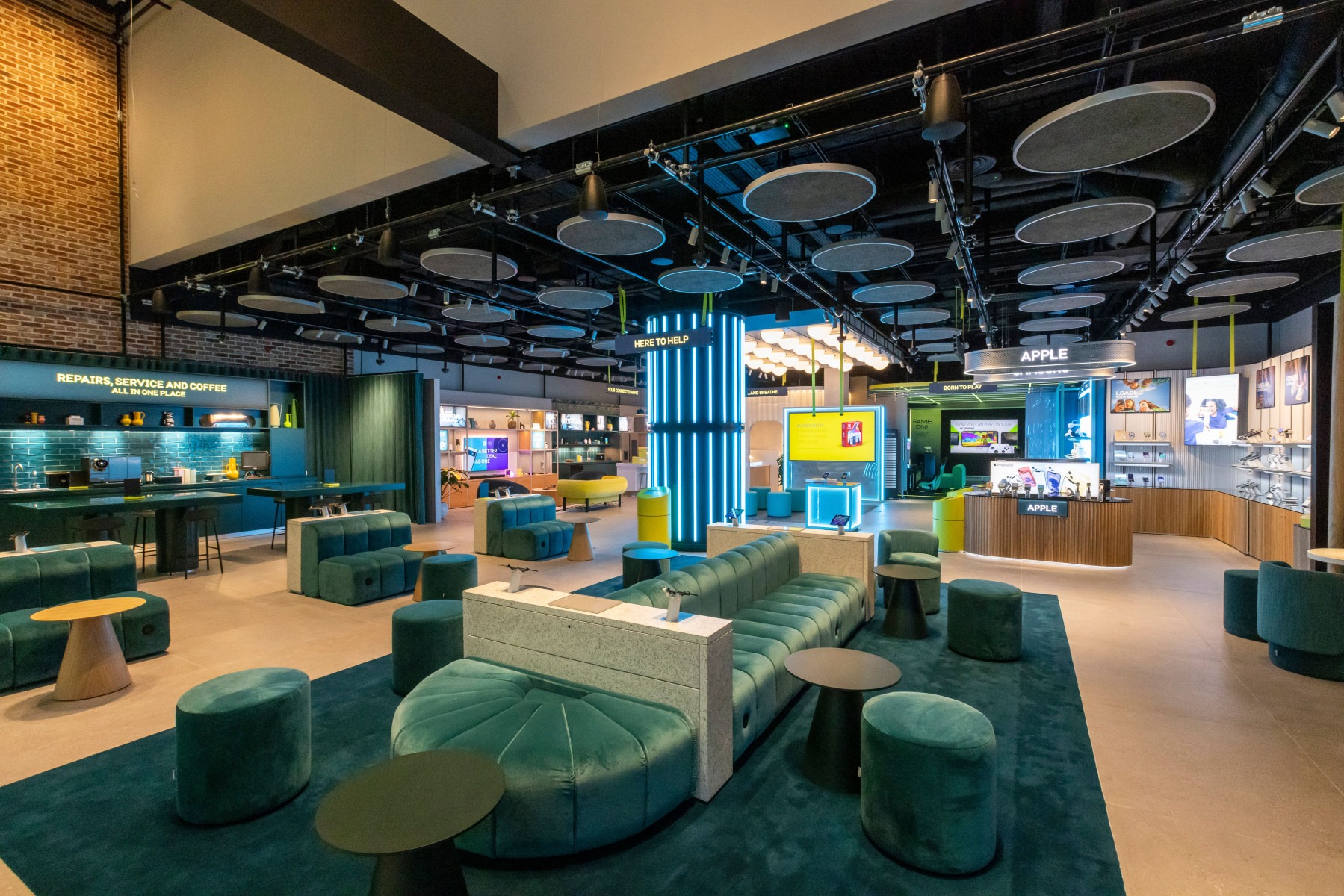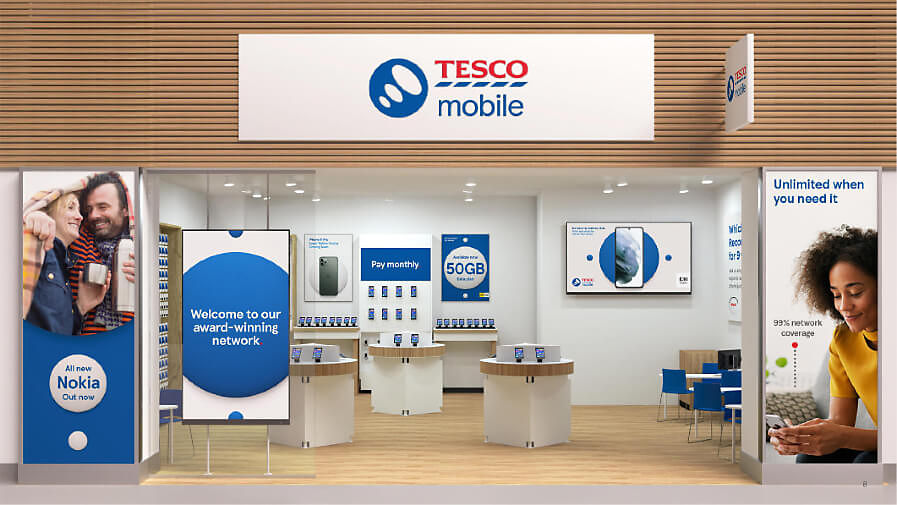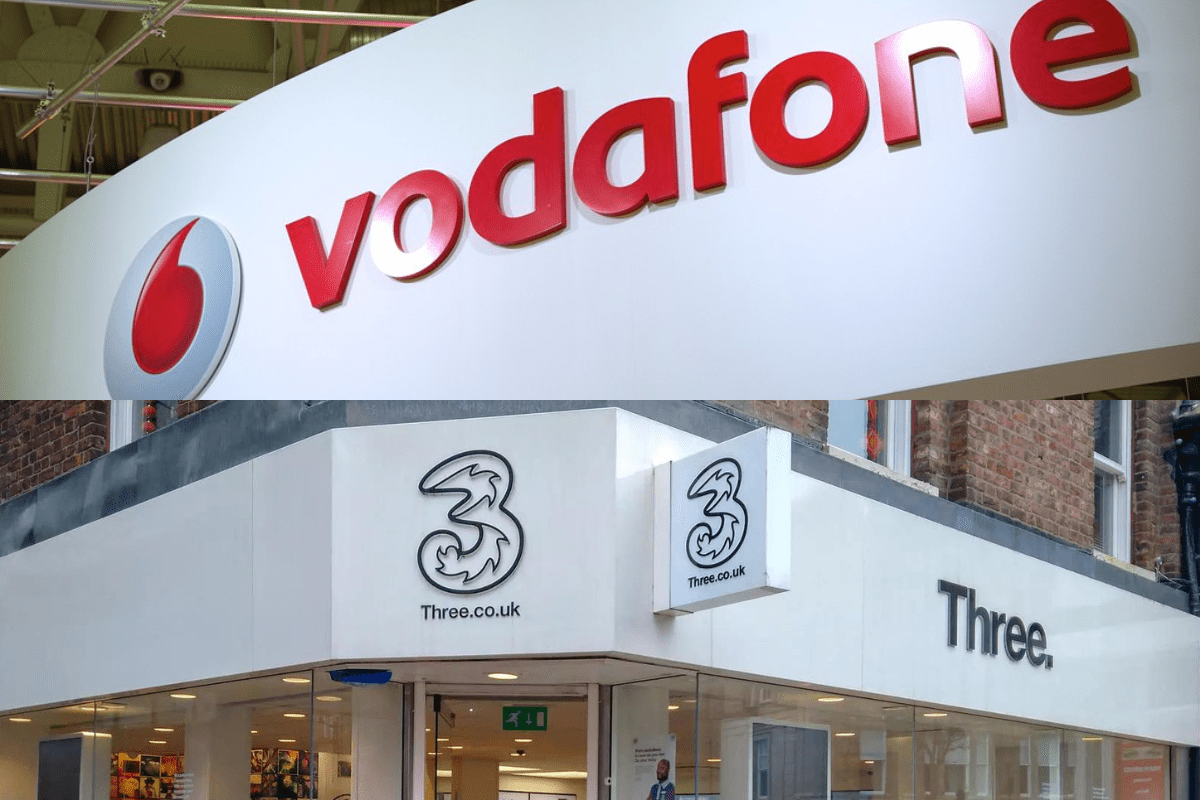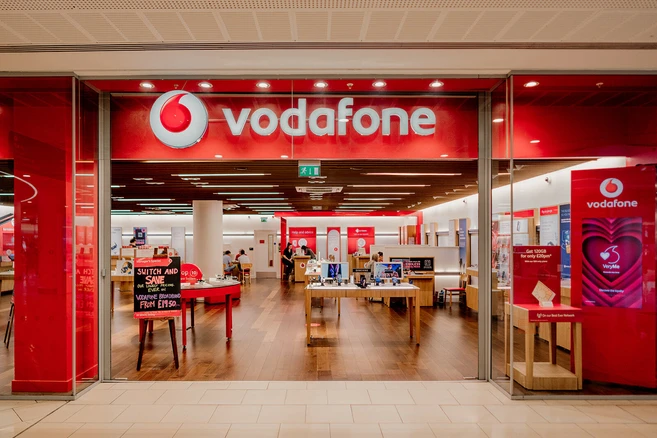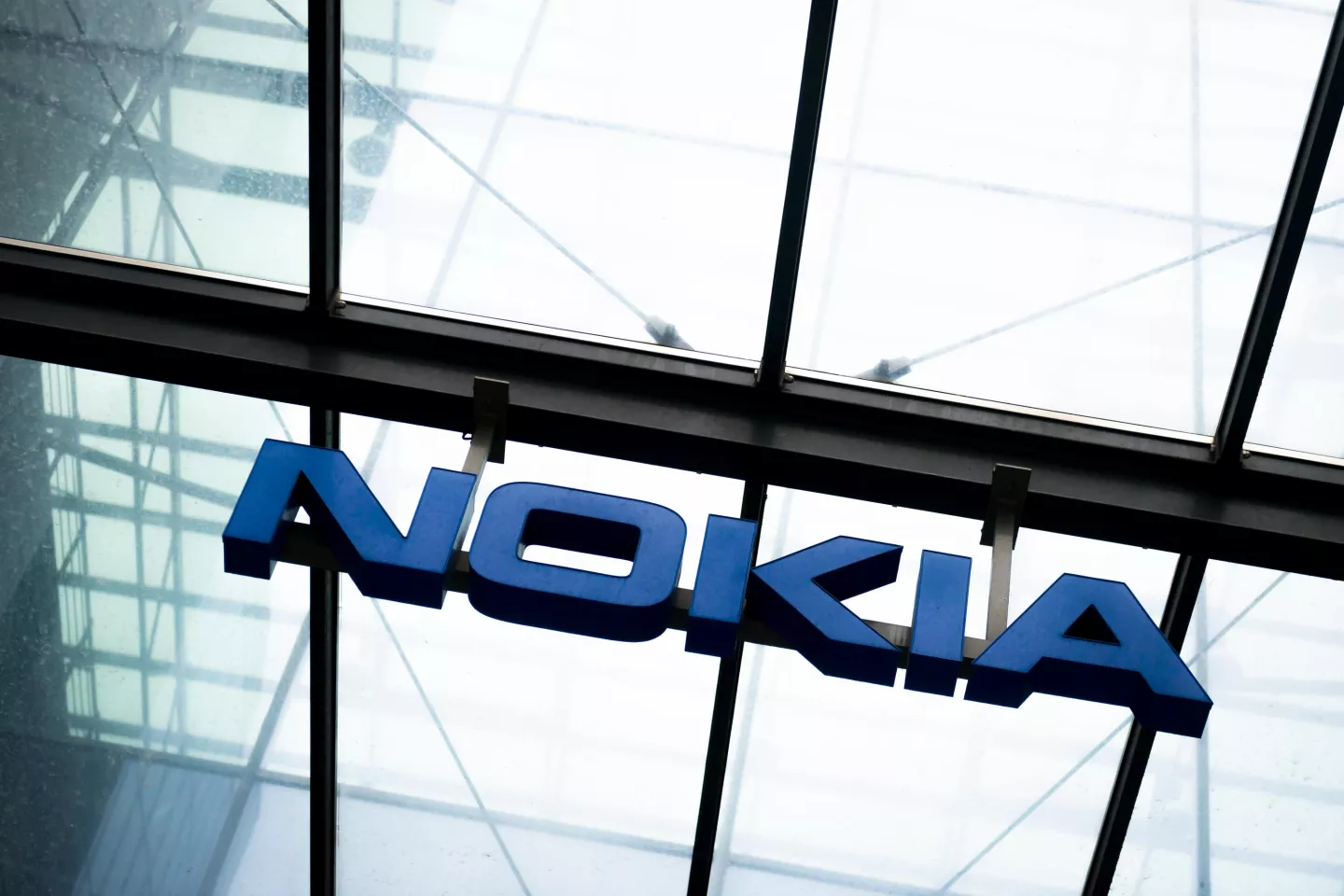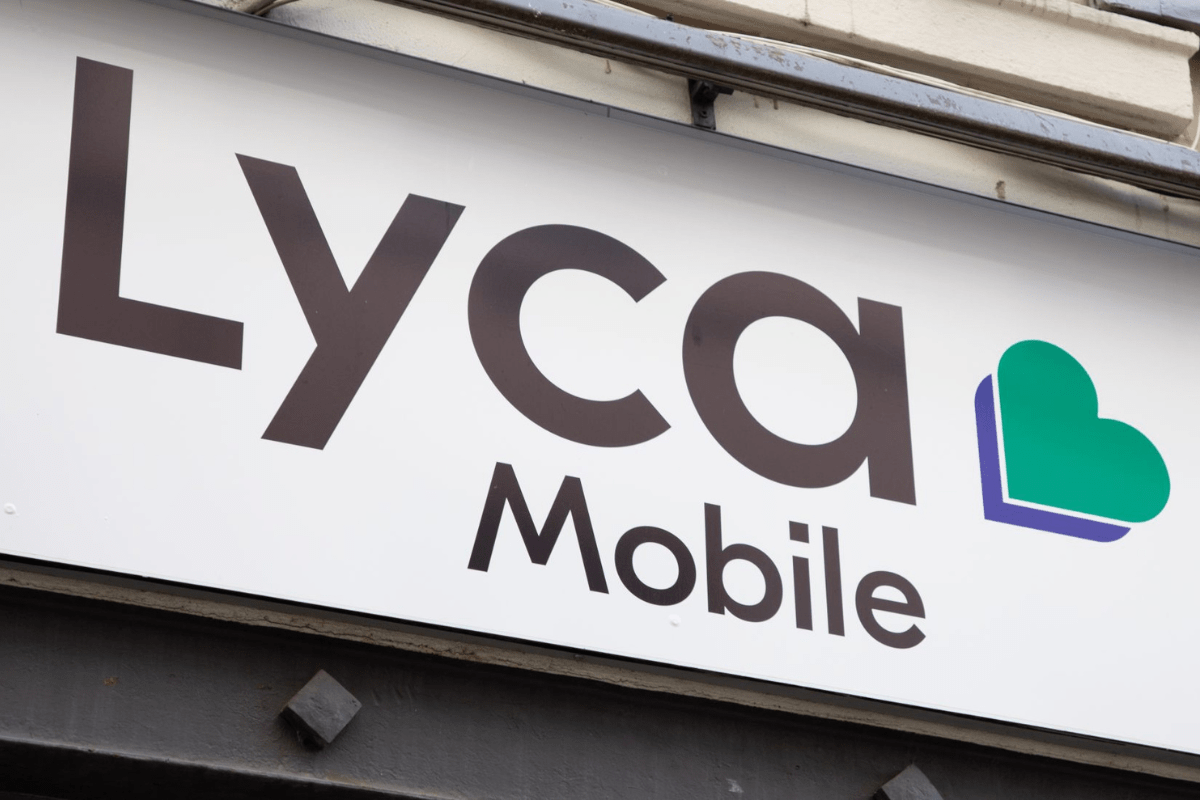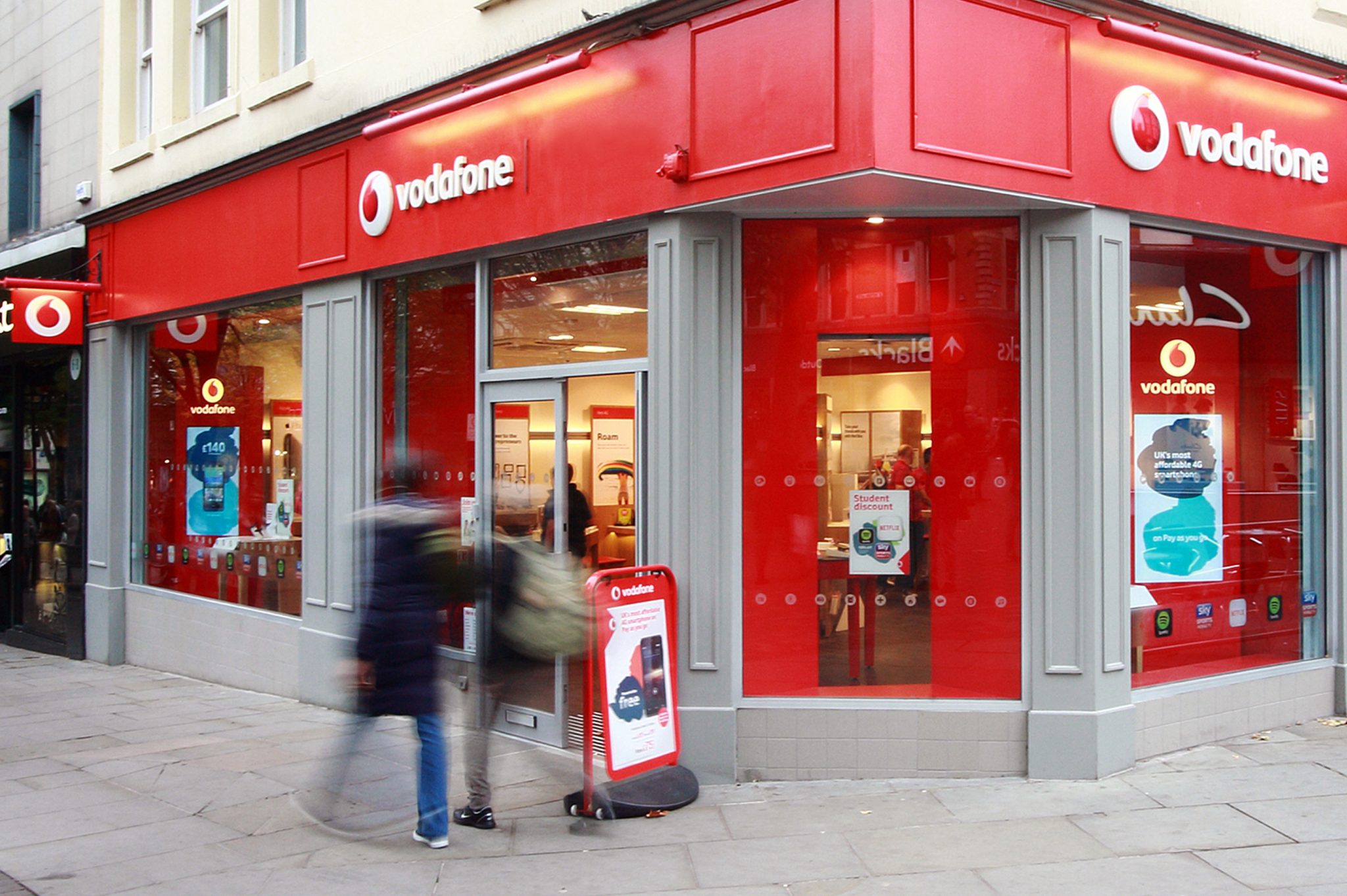Mobile to take a larger share of US online holiday season spend, Adobe forecasts
- Thursday, November 1st, 2018
- Share this article:
 US online sales will increase 14.8 per cent, to total $124.1bn for the 2018 holiday season, according to Adobe’s online shopping predictions released today, while offline retail spending is expected to increase by modest 2.7 per cent, based on NRF’s 2018 overall retail sales forecast.
US online sales will increase 14.8 per cent, to total $124.1bn for the 2018 holiday season, according to Adobe’s online shopping predictions released today, while offline retail spending is expected to increase by modest 2.7 per cent, based on NRF’s 2018 overall retail sales forecast.
Cyber Monday will set a new record as the largest and fastest-growing online shopping day of the year with $7.7bn in sales, a 17.6 per cent increase year over year (YoY). Online sales between 7 p.m. and 10 p.m. Pacific Time on Cyber Monday are expected to drive more revenue than an average full day in 2018, with conversions hitting the highest rate of the year, 7.3 per cent, during these hours.
Thanksgiving Day sales are expected to increase by 16.5 per cent, generating $3.3bn. Nearly one out of five dollars this holiday season will be spent between Thanksgiving Day and Cyber Monday, generating $23.4bn or 19 per cent of total online sales. One extra calendar day between Cyber Monday and Christmas Day will give retailers a $284m boost in sales. A record number of days will hit new revenue milestones, with 36 days surpassing $2bn compared to just 22 days in 2017. Most anticipated gifts include 4K TVs, retro video games and consoles, as well as toys like Pomsies, Grumblies and Fortnite Monopoly.
Smartphones will continue to gain share as consumers’ preferred devices for online shopping, representing 48.3 per cent of visits and 27.2 per cent of revenue. Mobile revenue is up 11.6 per cent YoY. Yet, completed cart orders happen over 20 per cent less on smartphones than desktop, as a result of abandonment from sub-optimal checkout experiences. Closing this gap would equate to $9bn in mobile sales. Tablets are on the decline, making up 8.8 per cent of visits (down 30 per cent in four years) and just 9.6 per cent of sales. Consumers using mobile apps will spend more time browsing and complete sales two times more often than on the web.
Voice-assisted shopping is also on the rise, with 21 per cent of consumers reporting they are planning to reorder frequently-purchased items and 17 per cent placing one-time orders for in-store pickup using their voice activated devices. Adobe expects holiday shoppers to ship and return purchases more often compared to the rest of the year (5 and 18 per cent more respectively), and to shop more for experiences like cruises and hotels on Cyber Monday. More consumers will stay home on Thanksgiving Day. Sixty per cent report they won’t shop in stores on Thanksgiving Day, up from 40 per cent in 2016.
“As online shopping surges with another record-breaking holiday season, the retailers with compelling websites coupled with physical store locations will have the advantage,” said John Copeland, head of marketing and customer insights at Adobe. “Many shoppers want to interact with retailers’ products and the brand in-store, and the ability to pick up online orders in-store within a matter of hours can’t be underestimated.”
Retailers with online and physical footprints are expected to see 28 per cent higher conversion online in comparison to retailers lacking a traditional storefront. Adobe Analytics data anticipates shoppers increasingly buying online and picking up items in-store (BOPIS) during the holiday season. BOPIS has increased 119 per cent since January 2018 across all retailers and over 250 per cent for large retailers (those in the top 25 per cent of retailers.
A survey of over 1,000 US consumers shows that 47 per cent expect to browse in-store for a product they intend to buy online later, jumping to 58 per cent among millennials.
Black Friday reigns supreme as the best day for discounts on electronics, including tablets (discounted at 33 per cent), TVs (22 per cent) and computers (16 per cent). On the Sunday before Cyber Monday, shoppers will see the best deals on apparel (22 per cent), appliances (18 per cent) and jewellery (5 per cent). Cyber Monday will see the largest discounts on toys (19 per cent), Giving Tuesday for furniture and bedding (14 per cent) and Thanksgiving for sporting goods (13 per cent).
To produce its predictions, Adobe leverages Adobe Sensei, Adobe’s artificial intelligence and machine learning technology, to identify retail insights from trillions of data points that flow through Adobe Analytics and Magento Commerce Cloud, part of Adobe Experience Cloud. Adobe Analytics analyzes one trillion visits to U.S. retail sites, 55m SKUs and 80 of the largest 100 U.S. web retailers. Companion research is based on a survey of over 1,000 US consumers conducted in October 2018.




